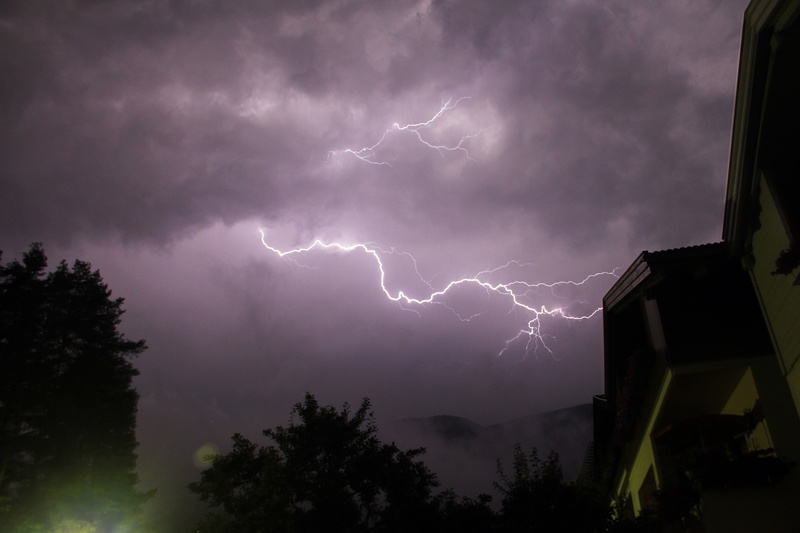
Yes, you do.
Before we discuss further how important a surge protector is for a residential electrical system, we want to emphasize that there is nothing wrong with using power strips at the various outlets in your home. In fact, we encourage it. Multiple layers of defense against electrical surges are beneficial. You never want to overload an outlet in your house with an octopus plug: power strips allow you to plug in multiple items at a single outlet without the concern of tripping a circuit breaker because of a voltage spike.
The Job of Power Strips vs. the Job of a Whole-House Surge Protector
You probably already through of power strips as surge protection. I.e. an important bulwark against damage to your precision electronic equipment in case of a massive electrical surge in your house. Lightning is often what leaps in mind when people think of a power surge, but other common causes are power lines downed in a storm and accidents at power stations. Voltage surges also come in smaller, harder to notice forms. Those times when you notice flickering lights as a powerful appliance turns on somewhere else in the house … that’s a small power surge moving through the system.
The power strip doesn’t exist as a way to protect your equipment from a massive surge through the electrical system. A voltage surge as powerful as a lightning strike can easily overwhelm a power strip and damage equipment anyway, and the smaller surges will get through the strip. The reason to have power strips is to avoid a high electrical demand from equipment plugged into an outlet from tripping a circuit breaker and cutting off power to other parts of the house. The power strip contains its own circuit breaker that trips first, making it easy for you to restore power. This also helps increase safety at the outlet by reducing the changing of an electrical fire.
The whole-house surge protector has a much broader job. It is designed to stop large voltage spikes as well as smaller spikes from reaching the various outlets and power switches in the first place. The surge protector is installed into the house’s electrical panel. When an excessive level of voltage attempts to flow into the panel, the surge protector channels the electricity into the ground—it’s something like a lightning rod, giving the power a safer and easier route to take rather than into the home’s electrical system.
A properly installed whole-house surge protector can defend a home from most levels of voltage spikes, and it also handles the smaller ones as well. You cannot install this type of surge protection on your own, however. Call a certified electrician to do the job.
The Buffalo, NY electrical services you need for the best surge protection installation, or any other electrical job you may require, are easy to schedule with Scherer Electric. You can call us anytime—you’ll always get through to a real person, not a machine.
Scherer Electric is Western New York’s Favorite Electrician! Schedule surge protection installation or other services with us today.





